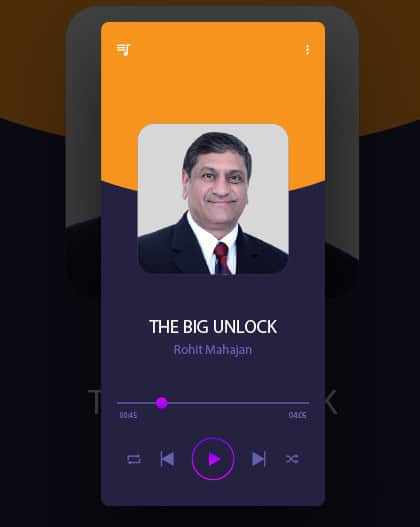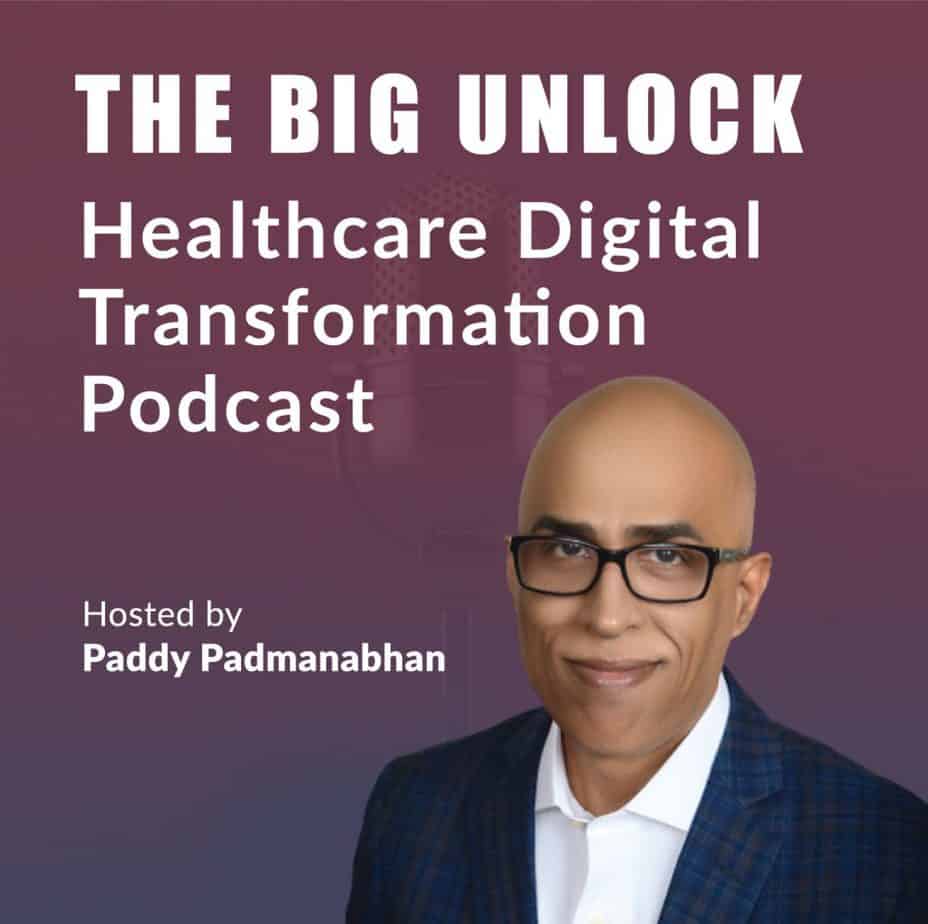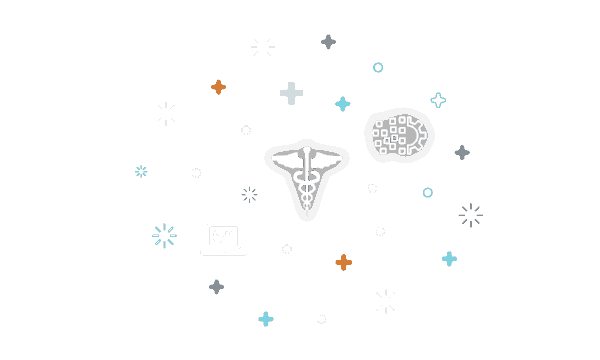Q: Can you give us an example of a digital enablement that you’ve launched and implemented that addresses one or more of the needs that you just described?
Jared: We’re very much in the process of evaluating some of our priorities. But as an example, we recently launched a virtual care initiative to really transform how people receive care across the upper Midwest. It was part of a $350 million initiative. Next week, we have a groundbreaking for our virtual care facility that will be our flagship building upon which this initiative will be foundational.
With that initiative, we’re looking at remote patient monitoring for example, and checking how we can ultimately get the right devices in order to be able to care for people in some of these remote communities upstream in a way that’s more proactive and where their care team can be engaged with them from a distance so they don’t have to come in to the doctor’s office in order to have their A1C checked or their blood pressure monitored.
We’re looking at different devices that potentially can connect just based off of a cellular signal without the need for broadband access. We’re looking at how to make the experience as plug-and-play as possible.
One example that we’re exploring is for patients who are in our hospitals who might be eligible for an early discharge with remote patient monitoring as an option for that post-acute care. We’re bringing the devices to the patient while they’re still in our facilities, showing them how to connect and use it. The attempt is to demystify the experience for them so that they feel comfortable and confident about being able to use it at home. Then, when we send them home with the device, we follow-up to make sure that they’re still able to use it. That mitigates the amount of time that they have to spend in our facilities and allows them to return home in the comfort of their own atmosphere and environment to heal.











